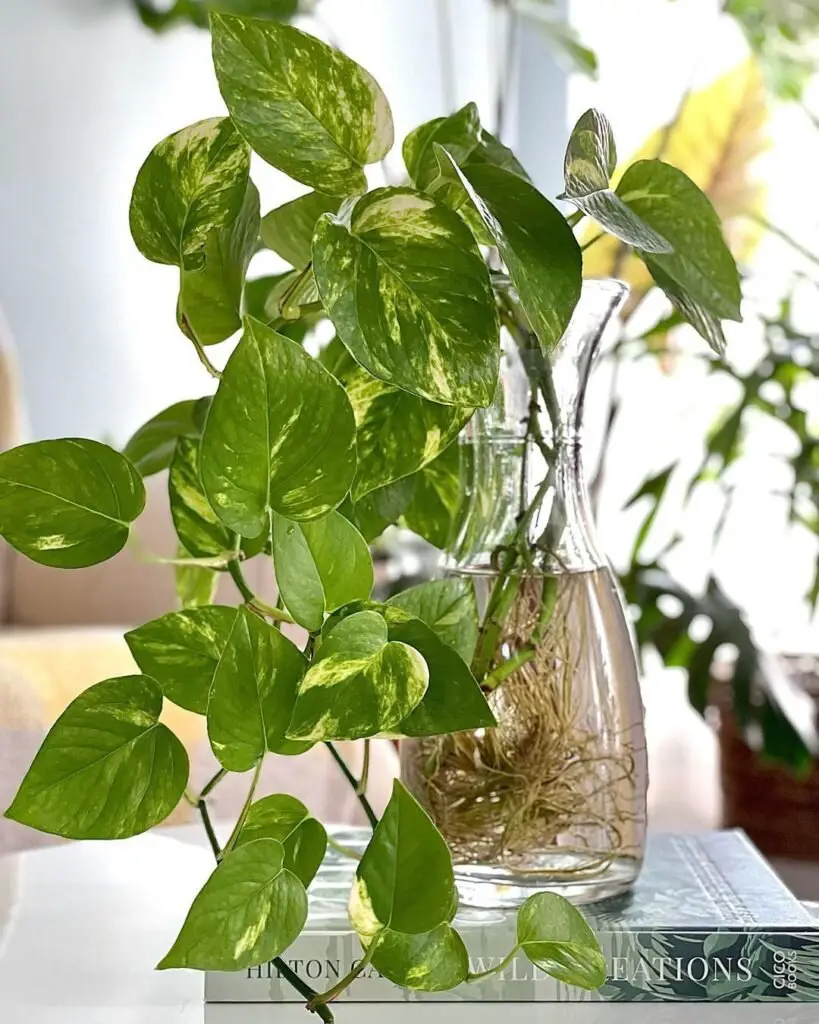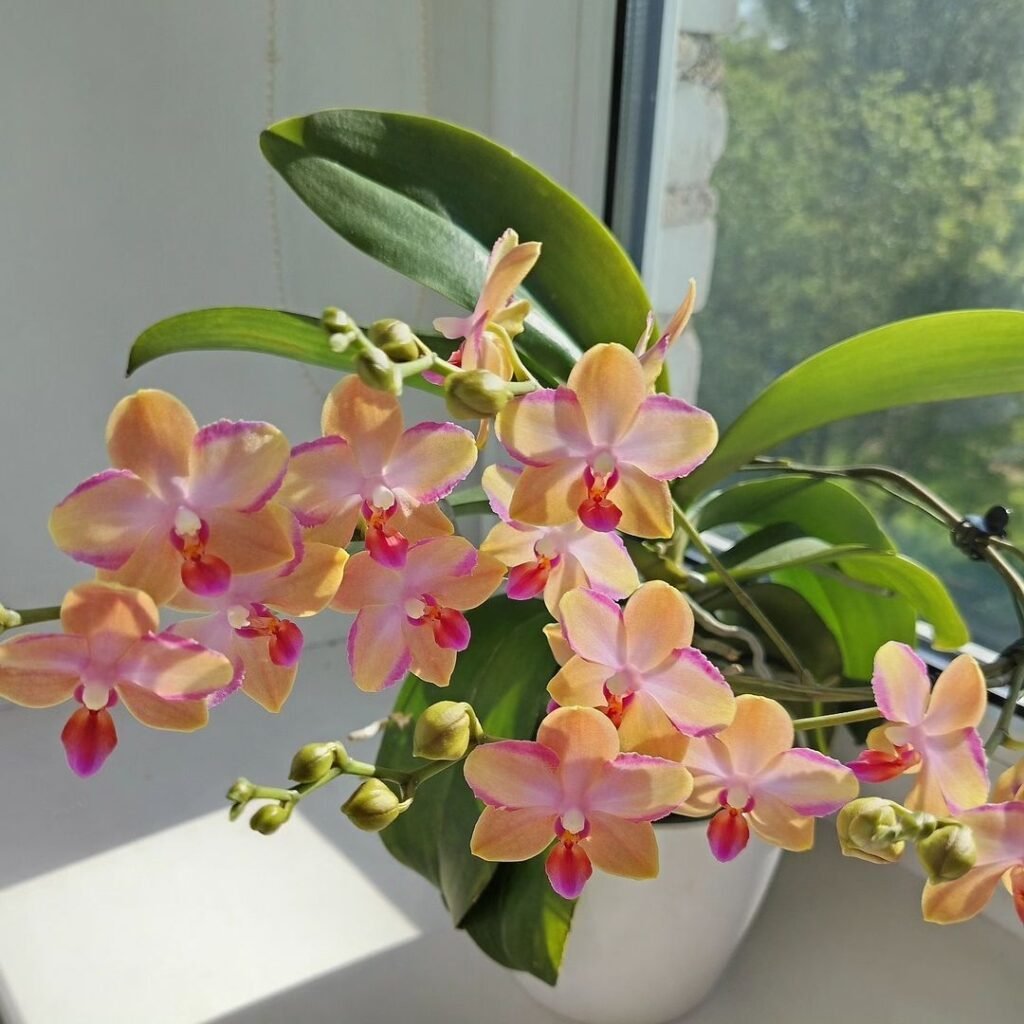Discover how to effectively use sticky bug traps to protect your houseplants from common pests. Learn about natural insect control methods, types of traps and best practices for keeping your indoor plants healthy.
Dealing with pesky insects on your houseplants can be frustrating. Sticky bug traps offer an effective, chemical-free solution to protect your indoor garden. In this comprehensive guide, we’ll explore how to use these traps to keep your plants healthy and pest-free.
Understanding Plant Pests

Common houseplant pests include:
- Fungus gnats
- Whiteflies
- Aphids
- Spider mites
Identifying plant pests is the first step in effective control.
Types of Sticky Bug Traps
Yellow Sticky Traps

- Most common type
- Attracts flying insects
- Effective against whiteflies and fungus gnats
Blue Sticky Traps

- Specifically targets thrips
- Less common but equally effective
Ribbon Traps
- Can be wrapped around plants
- Good for crawling insects
How Sticky Traps Work
Sticky traps use:
- Attractive colors to lure insects
- Adhesive surfaces to capture them
- Placement strategy for maximum effectiveness
Using Sticky Traps Effectively
Placement Tips
- Position traps at plant level
- Space multiple traps evenly
- Keep traps away from flowers to avoid catching pollinators
When to Use Sticky Traps
- At first sign of insect infestation
- Preventively during growing season
- Year-round for susceptible plants
DIY Sticky Trap Options
Make your own traps using:
- Yellow or blue cardstock
- Petroleum jelly or sticky adhesive
- Wooden stakes or pipe cleaners
DIY pest control methods can be both effective and economical.
Complementary Pest Control Methods
Use sticky traps alongside:
- Regular plant inspection
- Proper watering practices
- Good air circulation
- Natural predators like ladybugs
Common Houseplants and Their Pest Issues
Spider Plants

- Usually attract fungus gnats
- Place yellow traps horizontally
Pothos

- Susceptible to mealybugs
- Use ribbon traps around stems
Orchids

- Often affected by spider mites
- Vertical sticky traps work best
Monitoring and Maintenance
Check Traps Regularly
- Replace when full or losing stickiness
- Note type and number of insects caught
Keep Records
- Track pest populations
- Identify seasonal patterns
Safety Considerations
When using sticky traps:
- Keep away from children and pets
- Avoid contact with plant leaves
- Dispose of used traps properly
Environmental Impact
Sticky traps are:
- Chemical-free
- Environmentally friendly
- Safe for beneficial insects when used correctly
Seasonal Pest Control
Spring/Summer
- Increase trap numbers
- Check more frequently
Fall/Winter
- Reduce trap numbers
- Monitor for overwintering pests
Professional Pest Control vs. Sticky Traps
Compare options:
- Cost effectiveness
- Environmental impact
- Long-term results
Common Mistakes to Avoid
- Using too few traps
- Incorrect placement
- Not replacing traps often enough
- Relying solely on traps for pest control
Success Stories and Tips
Case Study: Office Plant Revival
- Used strategic trap placement
- Combined with proper plant care
- Eliminated fungus gnat infestation
Frequently Asked Questions
Q: How often should I replace sticky traps? A: Replace when full or every 2-4 weeks.
Q: Can sticky traps harm my plants? A: No, when used correctly they’re safe for plants.
Q: Will sticky traps catch beneficial insects? A: They might, so place them strategically.
Beyond Sticky Traps
Other natural pest control methods:
- Neem oil
- Insecticidal soaps
- Beneficial insects
Maintaining Healthy Houseplants
Prevention Tips
- Quarantine new plants
- Regular inspection
- Proper watering and fertilization
Signs of Healthy Plants
- New growth
- Vibrant color
- No pest damage
Sticky bug traps are an effective, natural way to control pests on your houseplants. By understanding how to use them properly and combining them with good plant care practices, you can keep your indoor garden thriving and pest-free. Remember, consistent monitoring and proper trap maintenance are key to successful pest control.
Whether you’re dealing with an active infestation or wanting to prevent future problems, sticky traps are a valuable tool in your plant care arsenal. Happy gardening, and here’s to healthy, pest-free houseplants!
For more gardening tips and plant care guides, visit usagardenhub.com.

